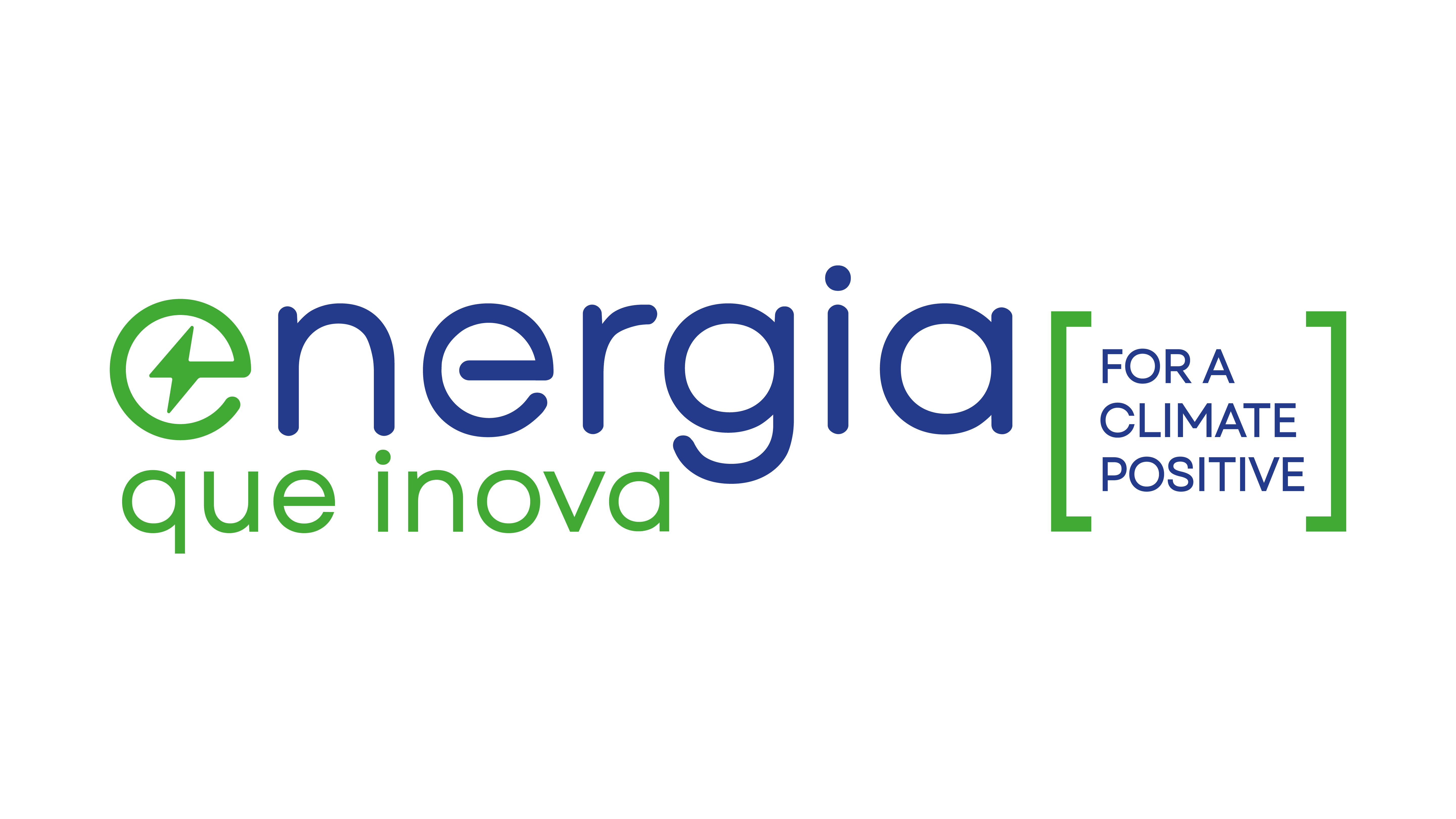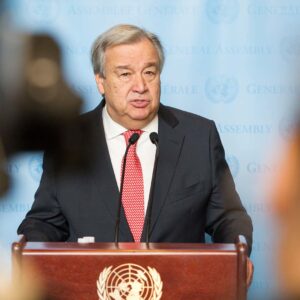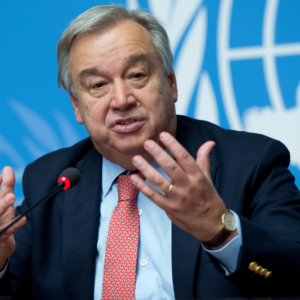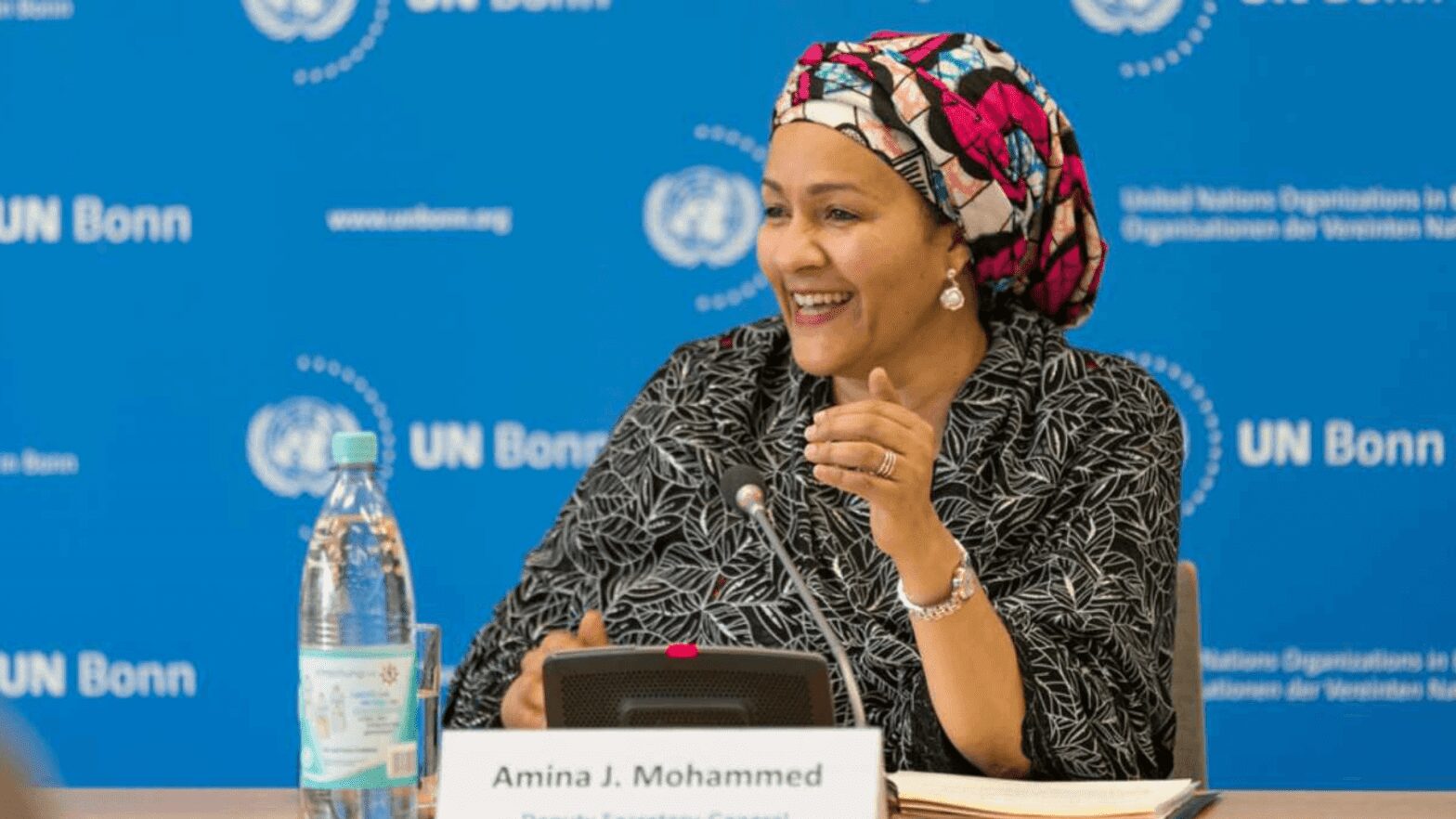Energy security is a crucial issue for all countries, directly affecting the way of life we know today. The possibility of threats to energy security becomes a dilemma that goes beyond national borders and is intrinsically linked to the relationship between nations. In addition, it is associated with a variety of threats that can compromise the stability and supply of energy.
Energy security encompasses a multidimensional concept that goes beyond the simple guarantee of supplies. It also involves the sustainability and competitiveness of economic and political sectors, requiring careful planning and the development of effective strategies. It is a constant concern of States, which seek to ensure the necessary energy supply and have a minimum of confidence in access to energy sources.
It is important, in this context, to emphasize the difference between energy security and energy independence. Energy security refers to confidence in access to energy, but does not necessarily imply independence from the global market. Having guaranteed access means meeting demand through own production, adequate infrastructure or diversification of energy sources. Ensuring energy security is a government responsibility as it is a precondition for economic development, social stability and security in a society.
The concept of "energy independence” was introduced by former US President Richard Nixon (1969-1974) in 1973, and came to prominence in his State of the Union Address the following year. For Nixon, energy independence meant the country's ability to own its own energy, without dependence on foreign sources. The president already recognized the need to develop alternative sources for oil, natural gas and coal, with a view to supplying domestic demand.
The definition of energy security involves internal and external political, economic, geopolitical and security dimensions. The political and economic dimension is related to management and investments in the energy sector. The geopolitical and security dimensions are linked to the relationship between States and the need to guarantee the protection of supplies and their transportation. Energy security is a complex topic, interconnecting and complementing each other between different areas, and it is a matter of survival for States.
Energy policy, linked to the possibility of energy autonomy, must be treated as a security issue and be understood as such, if one wishes to preserve individual and state achievements, such as economic development, political stability and society's security.
To understand how the issue of energy security impacts countries on a macro and micro scale, it was the case of China. The fragility of energy systems and the energy crisis faced by the country between 2003 and 2004. During this period, there were power outages, resulting in an increase in coal and oil consumption to meet demand, which entailed additional costs for the market internal. This crisis had a significant impact on industry and several other service sectors. Furthermore, it is important to note that China has experienced an increase of approximately 3% per year in energy consumption, which directly affects the way energy systems are used. China faces crucial challenges in the 21st century, which include the need to balance its energy production with protecting the environment, given the country's high coal consumption.
Reversing this issue is challenging, especially since States must consider that the energy sources that are often used affect the environment and cause irreparable damage to ecosystems and human beings. Faced with this challenging context, it is essential that countries adopt strategic measures and international cooperation to guarantee energy security, facing the threats present in the political, economic and geopolitical scenario. Only in this way will it be possible to maintain the achievements achieved and ensure a stable and prosperous future for nations.
Sustainability to deal with the Growing Energy Demand
The growing scarcity of natural and energy resources in industrialized and developing countries, combined with the lack of long-term planning, has raised the alarm for potential energy crises. Faced with this scenario, organizations are seeking to anticipate and adopt measures that meet the high energy demand, ensuring the continuity of economic activities without causing significant impacts to the environment.
Countries like Brazil have faced significant challenges regarding energy security. During the period of 2001, energy prices reached high levels, while the country was dealing with recurrent problems in its main source of energy, hydroelectric plants. Prolonged droughts and legal issues affected supply and resulted in increases in electricity production costs. On the other hand, the United States faced a difficult year in 2022, with severe snowstorms hitting several regions and freezing wind turbines, affecting the generation of renewable energy. In addition, Europe faced an extreme drought, considered the worst in 500 years, impacting rivers and reducing the potential of hydroelectric plants. These events highlight the vulnerability of countries in the face of adverse weather conditions and the need to diversify energy sources, invest in resilient solutions and adopt mitigation measures to face the challenges of the global energy crisis.
Leaders and managers of the public and private sectors are looking for alternatives that supply the global supply of energy, following the good environmental, social and economic practices recommended by the ESG (Environmental, Social and Governance) guidelines. Reducing dependence on fossil sources and increasing the efficiency and diversification of the energy matrix are key elements of this approach.
To resolve conflicts involving supply and demand, the environment, economic development and energy security, it is essential to build future scenarios. This implies considering different perspectives and possible challenges in order to anticipate efficient solutions. Energy security, which is intrinsically linked to ensuring energy supply at affordable prices, requires the incorporation of clean energy sources into the energy matrix, thus reducing dependence on non-renewable sources.
Organizations are adopting strategies that combine energy efficiency, resource conservation and increasing the share of renewable sources in their operations. Implementing energy efficiency practices makes it possible to use available resources in a more intelligent and sustainable way, reducing waste and optimizing consumption. In addition, the diversification of the energy matrix, through the adoption of renewable sources such as solar, wind, hydroelectric and biomass energy, provides greater security and stability to the energy supply.
Another fundamental approach is the adoption of innovative technologies that promote the distributed generation of energy, allowing organizations to become self-producers and actively participate in the production of clean energy. This not only increases energy security, but also reduces greenhouse gas emissions, contributing to the reduction of climate change.
It is essential that organizations invest in research and development, collaborating with experts and academic institutions, aiming to improve existing technologies and seek innovative solutions to face current and future energy challenges. In addition, public-private partnerships and government incentives.
These measures, however, should not be viewed in isolation. A joint engagement of governments, businesses, civil society and academic institutions is needed to promote a sustainable and efficient energy transition. The creation of clear and stable public policies that encourage the adoption of renewable sources, energy efficiency and self-production is essential to create an environment conducive to investment and innovation in this sector.
Awareness and education are key factors in promoting a responsible and sustainable consumption culture. Organizations can play a key role in providing information and guidance on efficient energy practices, as well as encouraging the active participation of employees and customers in the search for sustainable solutions.
Energy security and sustainability are not just challenges, but also opportunities for developing new industries, green jobs and creating a more resilient and equitable economy. Organizations that anticipate these emerging demands will be at the forefront of innovation and be more competitive in the global marketplace.
Anticipation and sustainability are fundamental to deal with the growing demand for energy and ensure the continuity of economic activities without harming the environment. Through energy efficiency, the diversification of the energy matrix, the adoption of innovative technologies and the promotion of strategic partnerships, organizations can play a crucial role in the search for solutions that balance energy needs and environmental protection. By acting responsibly and forward-looking, they will contribute to a more sustainable and secure future for all.
Expansion of Efficiency and Diversification of the Energy Matrix
In the current scenario, where the search for energy security and sustainability is a priority, planning and investing in energy self-production have become fundamental strategies. Self-production refers to the ability to produce energy independently, usually from renewable sources, reducing dependence on external sources and increasing the resilience of the energy system.
One of the main advantages of self-production is the diversification of energy sources. By investing in technologies such as solar panels, wind turbines or cogeneration systems, companies and individuals can generate their own electricity, reducing dependence on the traditional electrical grid. This is especially beneficial in remote areas where power infrastructure may be limited or unstable.
Self-production allows the use of clean and renewable energy sources. Solar, wind, hydroelectric and biomass energy are sustainable options that contribute to reducing greenhouse gas emissions and mitigating climate change. By investing in these technologies, individuals and businesses can contribute to reducing their carbon footprint and promoting the transition to a greener energy system.
Another significant benefit of self-production is energy security. By generating their own energy, countries, businesses and individuals are less vulnerable to power outages caused by power grid failures, natural disasters or cyber-attacks. This energy independence provides greater stability and reliability in the energy supply, ensuring the continuity of operations and reducing the risk of economic losses.
It is important to highlight that the self-production of energy requires adequate planning and financial investment. You need to carefully assess your energy needs, identify the most suitable technologies, consider installation and maintenance costs, and ensure compliance with regulations. A detailed feasibility study and a solid implementation plan are essential for successful self-production.
Planning and investing in energy self-production are effective strategies to increase energy security and promote sustainability. By diversifying energy sources, harnessing renewable technologies and reducing dependence on non-renewable sources.
Latin America and the Issues of Diversity in the Energy Matrix: Thinking about the Future as a Guarantee of Energy Security
Latin America has a vast potential of solar resources, mainly in countries like Brazil, Mexico, Chile and Colombia. Although some countries in the region, such as Costa Rica, Uruguay and Paraguay, lead the ranking of energy generation from renewable sources, currently only 6% of the electricity generated in the region comes from alternative and renewable sources, such as wind, solar, biomass and geothermal.
However, Latin America stands out for its enormous potential for generating energy from unconventional sources, and governments in the region have shown political will to fight global warming and climate change. Several countries, including Argentina, Bolivia, Colombia, Mexico, Paraguay, Uruguay, Peru and Venezuela, signed the Paris Agreement in 2016, committing to take action to reduce greenhouse gas emissions and strengthen the resilience of ecosystems in the face of to the effects of global warming.
Although some countries have not yet ratified the agreement, the region's goal is to achieve that 20% of the energy matrix comes from clean sources by 2050. This reflects a commitment to the transition to a more sustainable energy matrix and to the reduction of dependence on fuels fossil fuels, taking advantage of the abundant potential of renewable resources available in the region.
Brazil and Energy Security in a Diverse Energy Sphere
According to Aneel, Brazil has an energy matrix divided between renewable and non-renewable sources. Non-renewable sources, such as oil, natural gas, mineral coal and uranium, still represent a large part of the energy supply, while renewable sources, such as sugarcane biomass, hydraulic, wind and solar energy, are being expanded in 2023.
Although the country currently depends on non-renewable sources to guarantee energy supply, Brazil has significant potential to lead the global energy transition. This is due to the abundance of water resources, the large supply of solar and wind energy and the growing use of biomass as an energy source. Wind energy already corresponds to 12.0% of the generation made in the country, while solar has a rate of 14.3%.
In this context, distributed energy generation gains importance. As of 2012, Brazilian consumers had the possibility to generate their own electricity from renewable sources and, if they had a surplus, they could exchange it with the local distribution network. This change aims to encourage innovation, promoting financial savings, socio-environmental awareness and sustainability.
In addition to contributing to diversifying the Brazilian energy matrix, distributed generation allows postponing investments in the expansion of the distribution and transmission network, reducing environmental impacts and minimizing energy losses.
However, Brazil faces significant challenges regarding energy security. The recent and frequent energy crises, the lack of adequate public policies and the inadequacy of the energy infrastructure are obstacles to be overcome. Energy inefficiency and the centralization of energy generation and transmission are also points of attention, since greater distances between generation and consumption result in transmission losses, especially in a country of continental dimensions like Brazil.
To meet these challenges, it is important to learn from the experiences of other countries leading the energy transition, such as Sweden, Switzerland and Norway. Diversifying the energy matrix, strengthening the systems infrastructure and implementing public policies that consider the availability of natural resources and encourage the use of clean energy are necessary actions to promote energy security in Brazil.
Investing in Strategic Solutions for Companies That Deal with Energy: How to Ensure Energy Security
In Brazil, there is a significant growth in the clean and sustainable energy segment, driven by companies that operate in this sector. These companies are playing a crucial role in transitioning to a more sustainable energy mix and reducing greenhouse gas emissions.
Investing in strategic solutions is essential to ensure energy security. To avoid the risk of shortages or instability in energy supply, it is necessary to develop a comprehensive action plan that takes long-term challenges into account.
In this sense, having consultants specialized in the energy market is essential. These professionals have the necessary knowledge to identify the best solutions according to the energy profile of the company. Through case studies and consumer diagnoses, they can offer precise and personalized guidance.
Currently, a solution that has stood out as strategic to boost the growth of renewable energies is self-production, combined with integrated energy management and advanced monitoring technologies. This allows companies to generate their own energy through renewable sources such as solar and wind, reducing dependence on external suppliers and mitigating environmental impacts.
In addition, efficient energy management is essential to optimize consumption and identify opportunities to reduce waste. The implementation of advanced monitoring technologies, such as automation and control systems, allows companies to monitor their energy consumption in real time and identify potential bottlenecks or areas for improvement.
By investing in these strategic solutions, companies can achieve greater energy autonomy, reduce costs, mitigate risks and contribute to the preservation of the environment. Energy security becomes a fundamental pillar for the continuity of operations and a competitive advantage in today's market.
Self-Production of Energy: Benefits and Trends for Companies
Own energy production is a growing trend and offers several advantages. Currently, the costs to implement self-generating systems have progressively decreased, becoming increasingly accessible. In addition, long-term partnerships, through the “energy as a servicee”, have proven to be advantageous and efficient, with a focus on sustainable development.
Self-production of energy can be used both to fully supply the consumption of a unit and to complement the amount contracted from another supplier, either in the regulated energy market or in the free market.
By opting for self-production, a company has the possibility of meeting its own energy demand, optimizing consumption, reducing electricity costs and minimizing negative environmental impacts, especially when using clean energy sources.
In Brazil, one of the attractions that has driven the growth in the number of self-producers is the exemption from charges provided for in article 26 of Law No. 11,488 of 2007. However, due to the strategic and specific nature of the self-production activity, it is essential to have the support from specialized companies that offer complete management, with specific solutions for self-production, in order to obtain the best results and take advantage of the benefits available in the market.
From the point of view of the Brazilian Electric System (SEB), self-production has also shown significant results, contributing to an increase in the supply of energy in the sector. This is mainly due to the expansion of wind, solar and biomass energy sources in the free market.
According to the Brazilian Association of Investors in Self-Production of Energy, wind and solar sources cost, on average, 40% less than hydroelectric power and 50% less than gas-fired thermoelectric plants. A challenge to be faced is the initial installation cost, however, this can be mitigated through partnerships in the “as a service” and by the continuous reduction in the price of new technologies as the self-production model gains more and more space and adherence in the market.
Energy Planning and Continuous Monitoring
In a scenario of growing energy demand and supply shortage risks, energy planning and continuous monitoring of energy and utilities emerge as essential strategies to mitigate negative impacts and ensure resource availability.
Energy planning involves a careful analysis of the company's energy needs, taking into account factors such as seasonality, variations in production and growth expectations. Based on this analysis, it is possible to identify opportunities to optimize consumption, diversify the energy matrix and invest in renewable sources.
In addition, continuous monitoring plays a key role in early detection of problems and efficient management of resources. Through advanced monitoring systems, it is possible to monitor energy and utilities consumption in real time, identifying waste, performance failures and opportunities for improvement.
By adopting these practices, companies can anticipate possible supply crises, implementing preventive and corrective measures. The identification of bottlenecks in the energy supply allows the development of contingency plans, such as hiring alternative suppliers, implementing energy storage systems and adopting energy efficiency practices.
In addition to mitigating the risks of supply shortages, energy planning and continuous monitoring bring additional benefits to companies. The reduction in energy consumption results in savings in operating costs, while the diversification of the energy matrix and the adoption of renewable sources contribute to environmental sustainability and strengthen the corporate image.
In the current context, in which energy security and sustainability are increasingly valued, investing in energy planning and continuous monitoring is essential to ensure the continuity of economic activities, minimize environmental impacts and strengthen market competitiveness. Companies that adopt these practices will be prepared to face the energy challenges of the future, ensuring a stable and sustainable supply of energy.
















